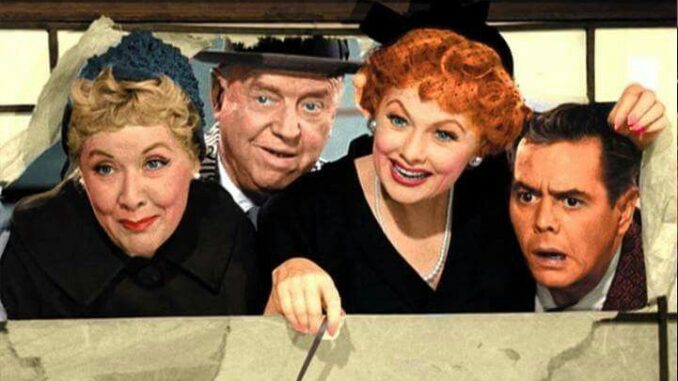
Premiering in 1951, I Love Lucy was more than just a hit sitcom—it was a true revolution in American television history. Behind its familiar laughter, the show introduced groundbreaking innovations that forever changed how television was produced and experienced.
Live Audience, Real Laughter
One of the show’s most pioneering moves was filming in front of a live studio audience. Instead of relying on canned laughter, I Love Lucy captured genuine reactions in real time. This gave the series an authentic energy that made viewers at home feel like they were part of the excitement.
The Multi-Camera Revolution
I Love Lucy was also among the first productions to use a multi-camera setup. Filming scenes from multiple angles at once not only improved efficiency but also elevated the visual quality and pacing of the sitcom format. This technique quickly became the industry standard and is still used in many beloved comedies today.
Breaking Barriers with a Cuban-American Lead
The pairing of Lucille Ball and Desi Arnaz was groundbreaking in its own right. In the 1950s, showcasing a Cuban-American actor as one half of the central couple was unprecedented on American television. Arnaz’s presence not only reflected rare diversity for the time but also opened the door for cultural representation in sitcoms.
A Lasting Television Legacy
The innovations of I Love Lucy set the foundation for generations of sitcoms. From production techniques to comedic timing, the show established a blueprint that influenced everything from Friends and Seinfeld to The Big Bang Theory. Without I Love Lucy, modern television comedy might look very different today.
Conclusion
Beneath its seemingly simple humor, I Love Lucy was nothing short of revolutionary. It entertained millions, but more importantly, it redefined the future of television—leaving a legacy that continues to inspire audiences and creators more than 70 years later.
